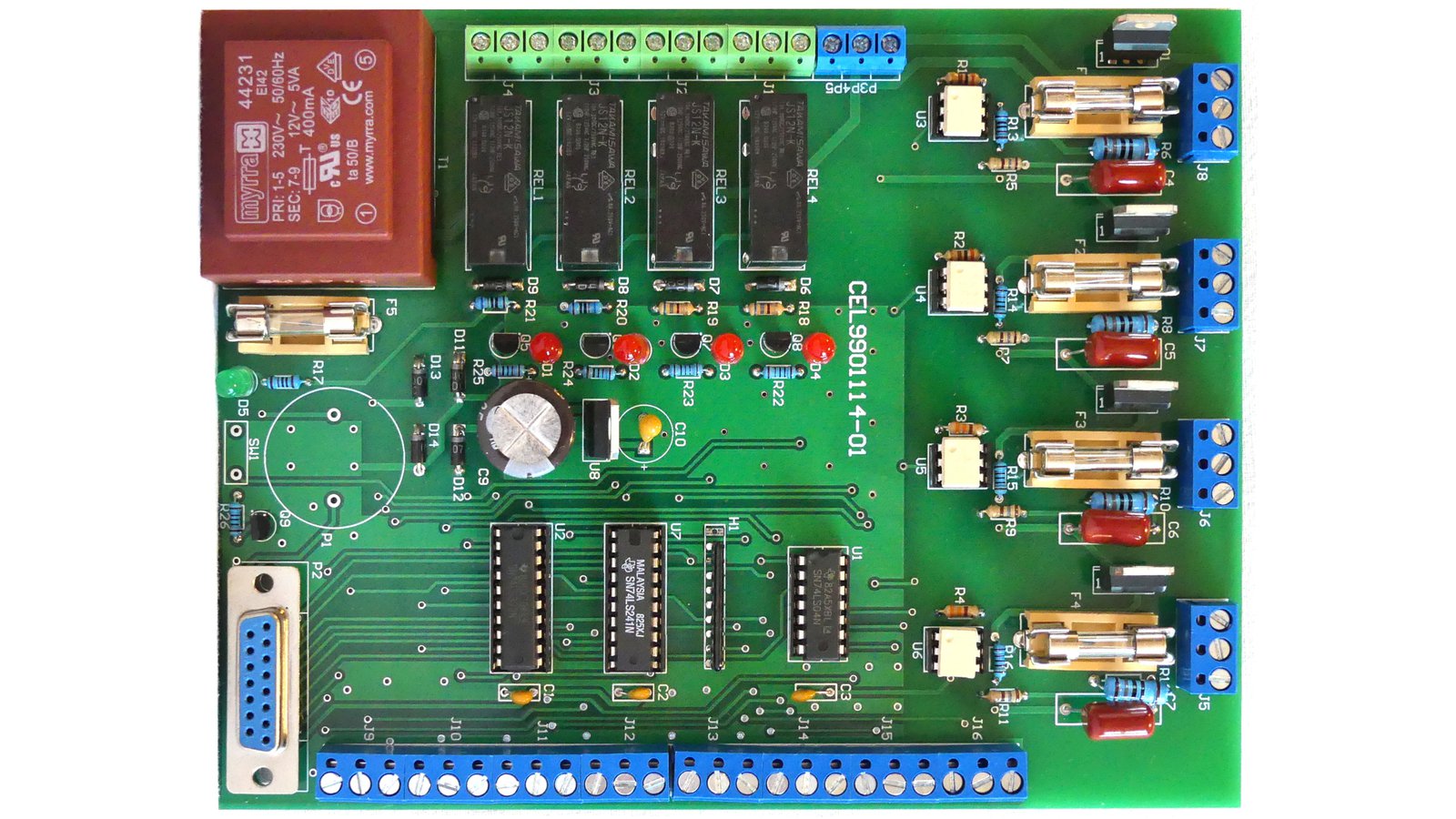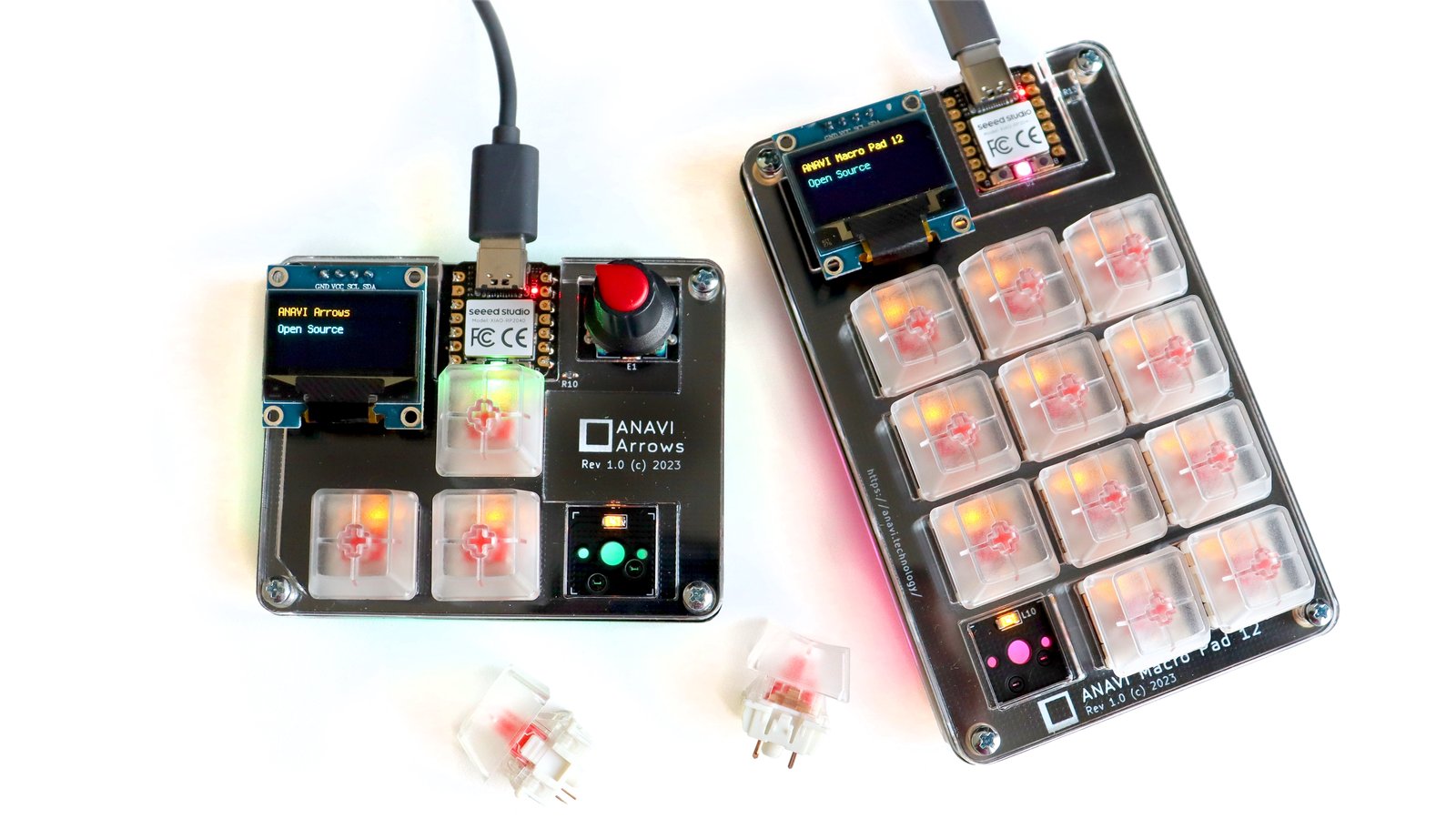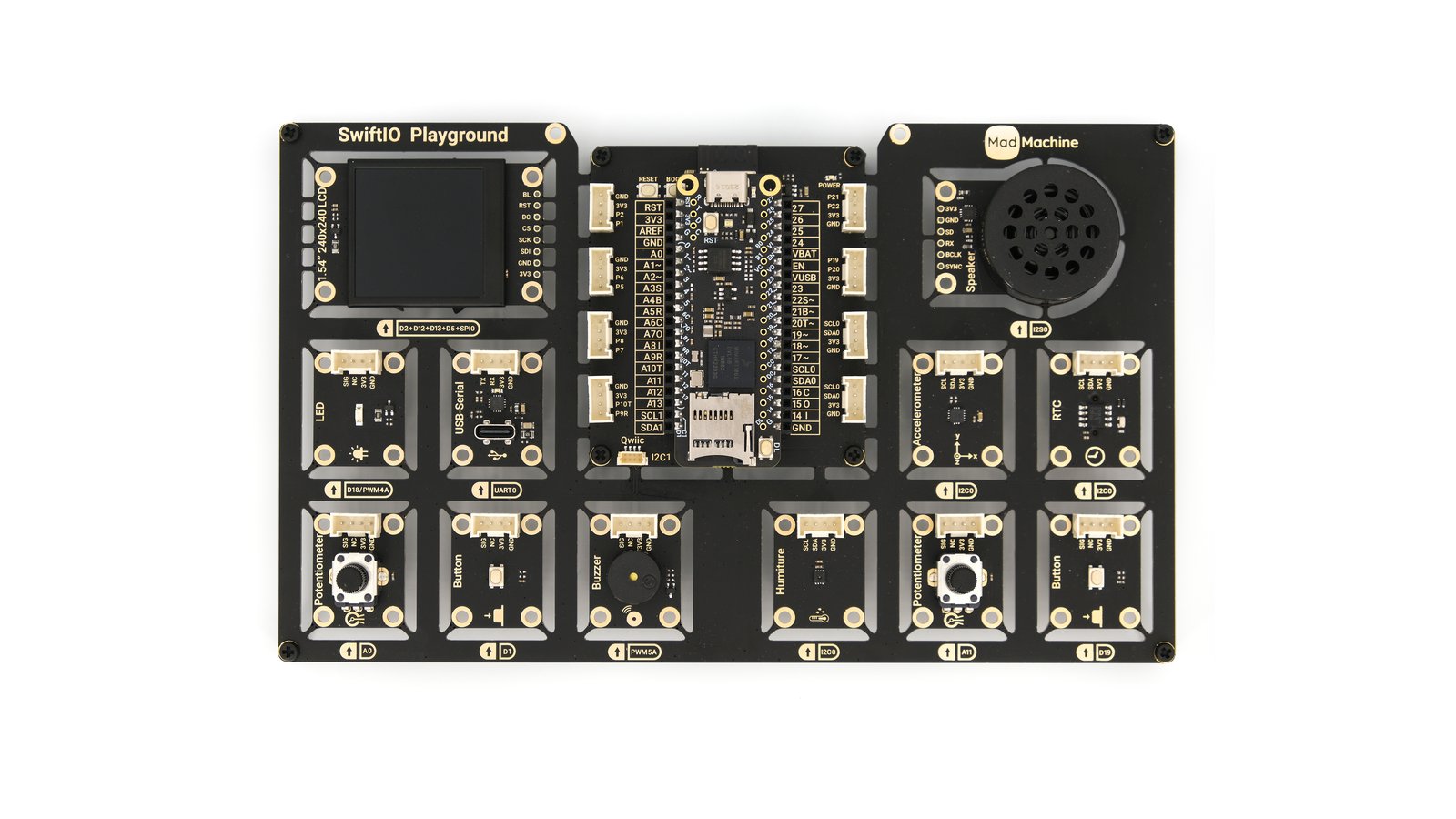Some people are excited about single-board computers (SBCs) that fit inside USB ports or whatever. Which is cool and all, but some of us prefer the sturdy beige majesty of a Commodore 64. Powered by eight bits of warm nostalgia and decorated with shiny keycaps that go all the way down, your beloved C64 is now good for more than just binging on Jumpman Junior (assuming you can find the floppies).
Remember that port on the back of your Commodore 64? The one you never used? Well we think it’s about time you plugged something into that port. Specifically, we recommend a Zion adapter connected to one or more Zeus LT expansion boards. Together, these two boards open up a world of possibilities:
This has everything you need to make the Commodore 64 external I/O magic happen:
| Output ID | 01, 02, 03, 04 | 05, 06, 07, 08 |
|---|---|---|
| Type of Output | Relay | TRIAC |
| Operating Voltage | 0-250 V AC, 0-100 V DC | 220 V AC |
| Max Continuous Current | 8 A | 1.5-5 A |
| Max Power | 2000 W | 250 W |
While each Zeus LT + Single-Port Adapter comes with an adapter to connect a single Zeus LT board to your Commodore 64, you might want even more I/O expansion. In that case, the Zion F Multi-Port Adapter is for you. With it, you can connect up to four Zeus LT boards to your C64. Features include:
Even if it doesn’t bring back fond memories of your first, halting steps across the plush living room carpet of computer programming, BASIC is nonetheless intuitive and easy to pick up. If you want to learn more about BASIC programming, we recommend this Two-Bit History post by Sinclair Target. Meanwhile, consider the LED sequence shown in the video above. That was driven by the following six lines of code:
It turns out, there are a lot of people who love their C64s, and some of those people make cool stuff. The image below shows an SDIECplug, which is an open source device similar to the SD2IEC. Your Commodore 64 can use either of these devices to read from and write to modern flash memory cards. The smallest and cheapest such card has plenty of room for all of the BASIC programs you’re every going to write.
Of course, you certainly can save your code on a floppy. And if you’re lucky enough to have a 1541 tucked away in a closet somewhere, why wouldn’t you? (Don’t forget, all you need is a hole punch to double the storage capacity of those single-sided floppies!)
While you’re looking through your closets, keep your eyes peeled for other old hardware:
Produced by Amigastyle in Novi Sad, Serbia.
Sold and shipped by Crowd Supply.

One Zeus LT board with a 110 V transformer. You will either need a Zion F Multi-Port Adapter, or create your own connector to a Commodore 64.
Use this four-port adapter to connect up to four Zeus LT Boards to your Commodore 64. This adapter has a pass-through slot so you can insert cartridges and other expansion modules, without removing the adapter board, as long as your Zeus LT is idle.

I'm a big fan of Commodore 64 computers. I bought my first in 1984, and now I own several, along with a collection of Amiga computers. That fascination, along with an interest in hardware and software, inspired me to design cartridges and various accessories to extend the usability of the Commodore 64.

Two fully programmable, open source, no-solder, hot-swappable mechanical keyboards powered by Raspberry Pi & CircuitPython
An open-source, manual pick-and-place machine for PCB artisans

The ultimate playground for hardware programming in Swift